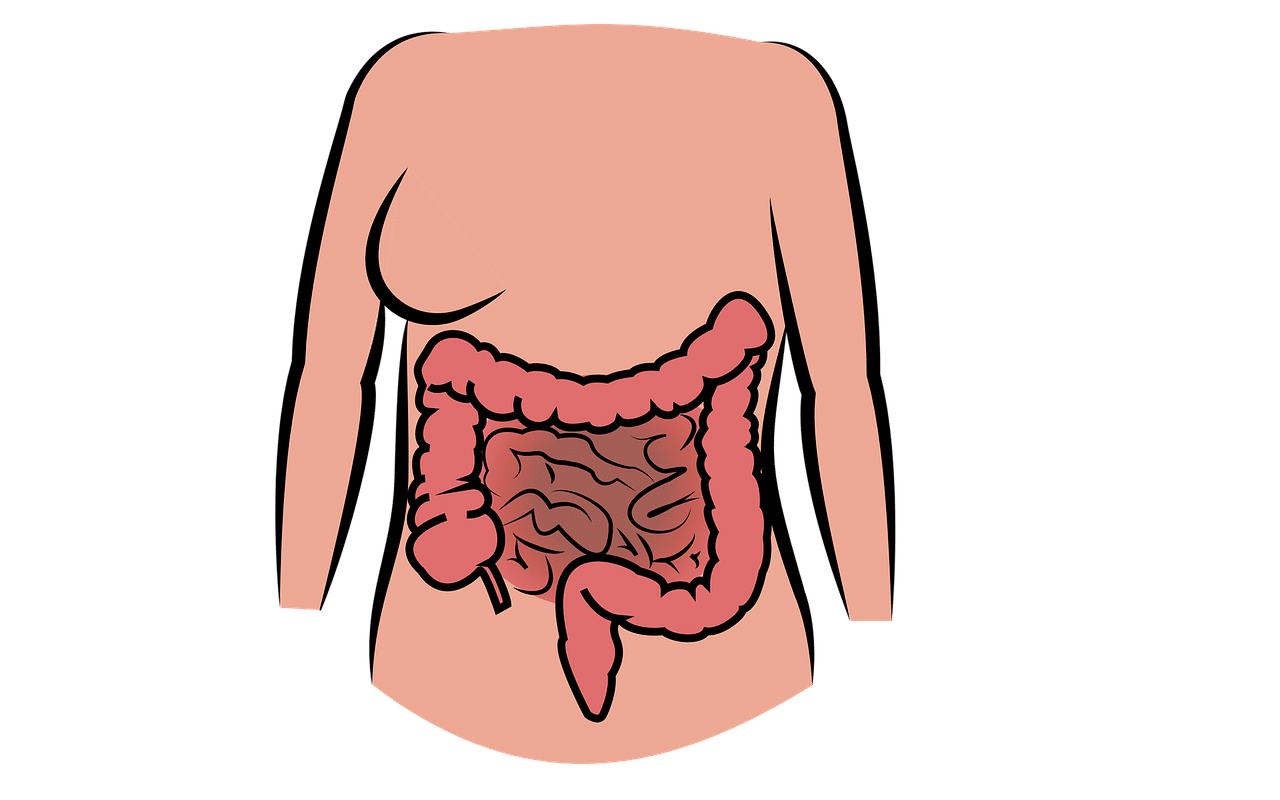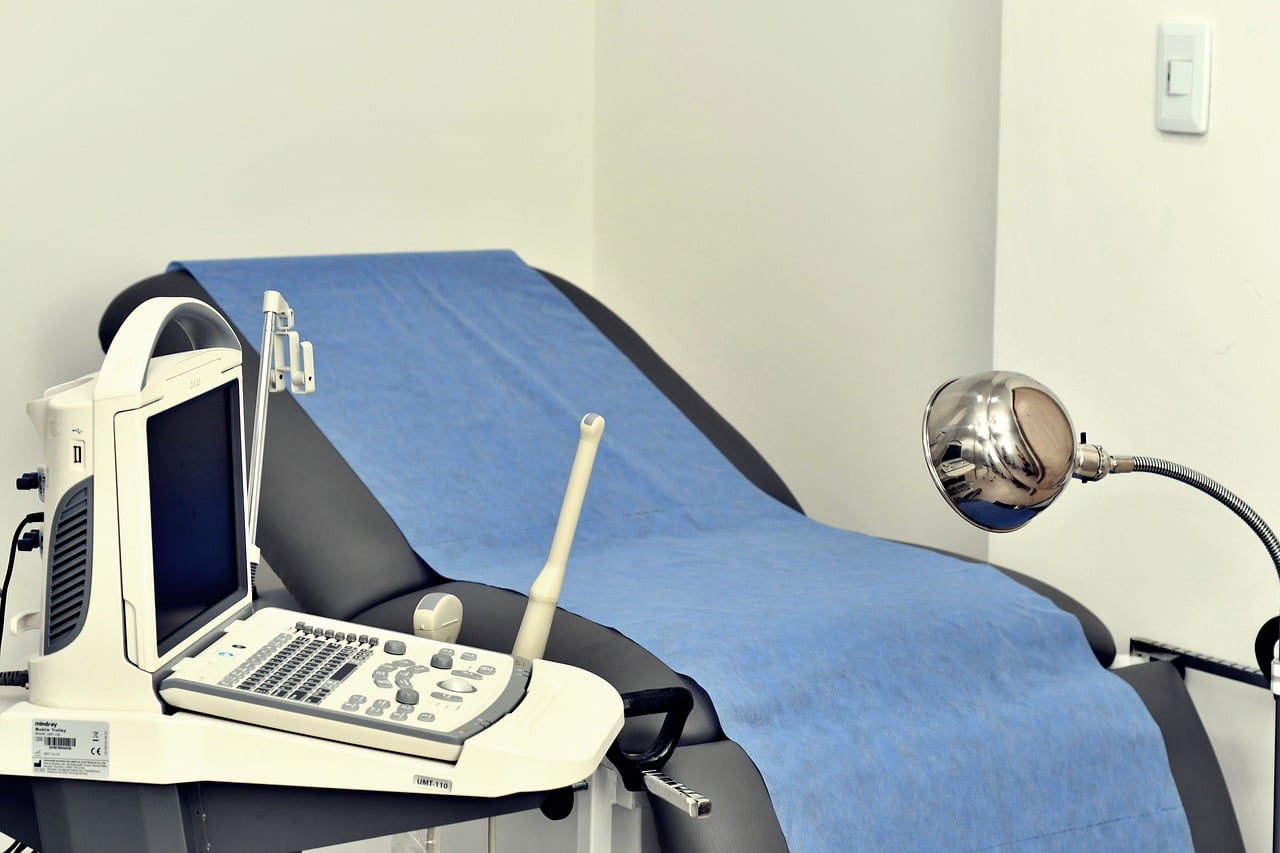
Prolapse involves an abnormal fall of the organs.
Prolapse is a concept used in medicine that comes from the Latin prolapsus , conjugation of the verb prolābi ( "fall" , "slide" ). Prolapse, therefore, refers to the fall or descent of an organ . It may be a partial or total fall of the viscera.
Because of prolapse, organs may come out of their natural location and protrude through the vagina or rectum. It is worth mentioning that depending on the type of organ that this descent affects, the prolapse can be named in different ways.
Genital prolapse
Genital prolapse is the descent of organs due to the weakening of the muscles that act as support for the pelvic floor. Within this irregularity we can distinguish between anterior or total prolapse (descent of the vagina over the urethra and bladder), hysterocele (fall of the uterus), cystocele (fall of the bladder) and rectocele (fall of the rectum). .
Multiple births, the presence of a large fetus, obstetric trauma, obesity, decreased estrogen levels, spinal disorders, and deficiencies in muscles and connective tissue are possible causes of prolapse.
Among the symptoms of genital prolapse are pain and heaviness in the belly, urinary or rectal disorders, and the feeling of pain and lack of satisfaction during sexual relations. Additionally, women often notice a lump on their genitals. In some cases it also presents with pain in the lumbar-sacral area, nausea and pain when performing physical exercises.

Genital prolapse must be diagnosed by a gynecologist.
Abnormal advancement of the rectum
Rectal prolapse , for its part, is an abnormal advancement of the rectum through the anus, either due to displacement or an increase in volume. This causes the rectum to invert and can be seen from the anus as an extension of tissue.
Depending on the degree of rectal prolapse, the treatment indicated by the doctor can range from a high-fiber diet to surgery , including the administration of drugs .
Treatments against prolapse
The specialists who are responsible for diagnosing these types of disorders are gynecologists . When a patient arrives with these symptoms, they perform an examination using palpation and vision with a speculum. This serves to evaluate the pelvic floor and confirm that the genitals at rest are in their correct position. When the gynecologist discovers that there is the beginning of prolapse, he usually recommends treatment; If it is very incipient or, if it is already more advanced, inform the patient that she will have to undergo surgery.
However, to clear up all kinds of doubts, the specialist usually orders urine tests and ultrasounds of the bladder and kidneys .
It is important to note that, unless the symptoms cause pain in the patient, no treatment is necessary. However, among the advice that gynecologists offer is a fundamental one: make certain changes in the quality of life . Women with obesity are more likely to suffer from prolapse, so losing weight may be a good decision. Likewise, all unnecessary physical efforts should be avoided.
Another way to treat prolapse is by placing a small rubber device inside the vagina; It is called a pessary and it keeps the uterus in place . Although pessaries do not cause pain in the patient, they can often cause side effects , such as foul-smelling discharge, irritation of the lining of the vagina or difficulties in sexual relations . In addition, it is important that they are cleaned regularly to cause other types of disorders. This cleaning is usually done by the doctor or nursing staff ; However, some women learn to remove, clean, and reinsert the pessary themselves.
